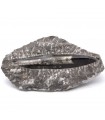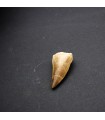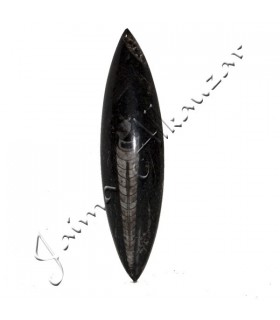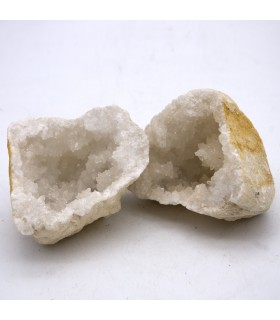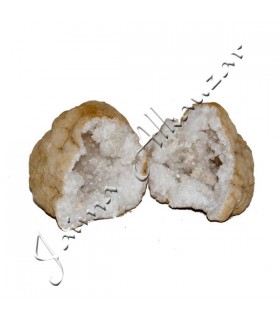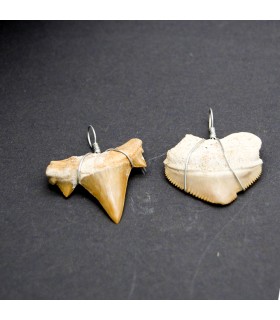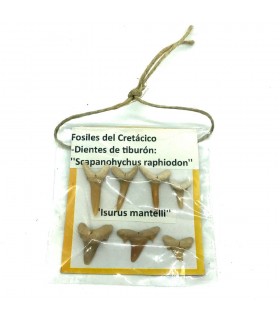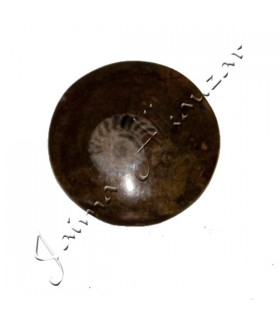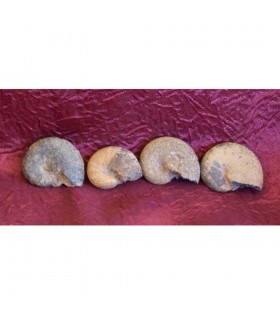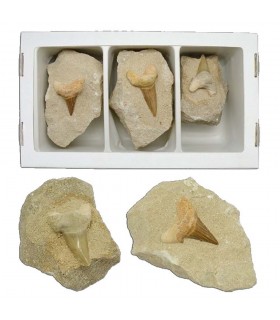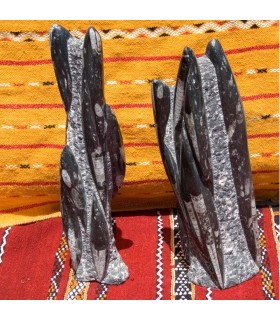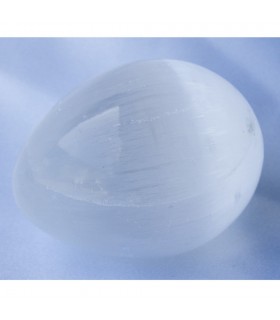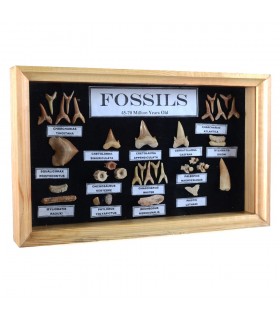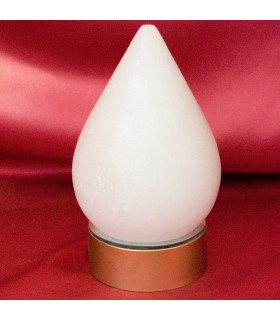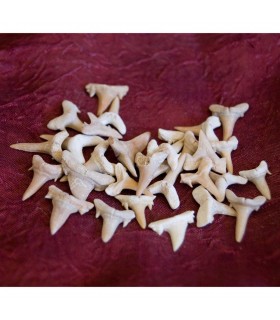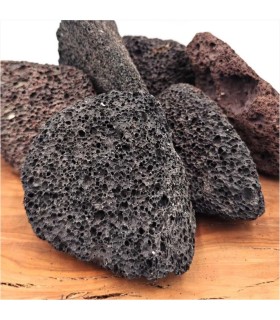Fossilized Shark Teeth, in a very good state of conservation, part of shark teeth from approximately 450 million years ago.
Fossils are unique products so each one will be different from the other, if you want more information contact us through Watsapp and we will send you photos of the model you want.
Approximate size: 10cm x 10cm
Sharks appeared approximately 450 million years ago.
Today, the fossil record of sharks is three times longer than that of the dinosaurs, dating back to times a hundred times older than that of man.
This means that its family tree comprises more than 450 million years of evolution. Sharks swam the waters of prehistoric oceans long before the first vertebrate animals crawled onto dry land, before insects took flight, even before many plants had effectively colonized the continents.
This fossil record of sharks is fragmentary for the most part, usually all that is found are the teeth, which are sometimes found in large numbers.
There have been cases where parts of the internal skeleton and even complete specimens have been discovered.
Shark teeth are hard objectsand resistant that fossilize easily.One of the oldest and most primitive sharks isCladoselache,about 400 million years old, found in Paleozoic strata of Ohio, Kentucky and Tennessee (USA). This shark was not very big, only half a meter long and had stiff fins.
All the fossils found between 300 and 150 million years old belonged to two groups, one, to the xenacanths, which were confined to freshwater environments, spread throughout the world and had quite remarkable longevity. And the second, the hybodonts, which predominated in the oceans and fresh waters during the time of the dinosaurs.
Today, fossils of current sharks are known, such as the Mako shark and related species.
At the beginning of the evolution of the Sharks, at least two lines of this appear, one has teeth with a relatively coarse lateral serration, which is probably where the current Sharks come from, and the other has a much more serration.
Another of the ancestors of today's sharks is the giganticcarcharodon megalodon,whose teeththey exceeded eighteen centimeters in height and whose total length may have exceeded twelve meters.
His predecessors include:
- theHelicoprion, with its spiral-shaped teeth
- theEchinochimarea, which had the so-called wings of the current flying fish
- theOrthacanthus, or river shark
- theBelantseafish-like
- thePaleocarcharia, ancestor of today's hammerhead sharks
- theCladoselache, ancestor similar to modern sharks
- theIniopteryx, with the appearance of an abyssal fish and fins of a flying fish
- theHybodus, shark that fed on animals much larger than the
- thePaleospinax, one of the first sharks to have a structure like that of current sharks
- theStethacanthus, with an anvil-shaped structure on its back
- theProtospinax, modern ancestor of stripes
- thepseudohina, ancestor of angel sharks
- theIschyodus, ancestor of cat and nurse sharks
- theScapanorhynchus, extinct relative of the current goblin shark
- theEdestus, with scissors-shaped teeth
- theCretoxyrhina, relative of Hybodus
- theLanma, ancestor of the bull shark
- theCobelodus, with a tiny head compared to the body.






